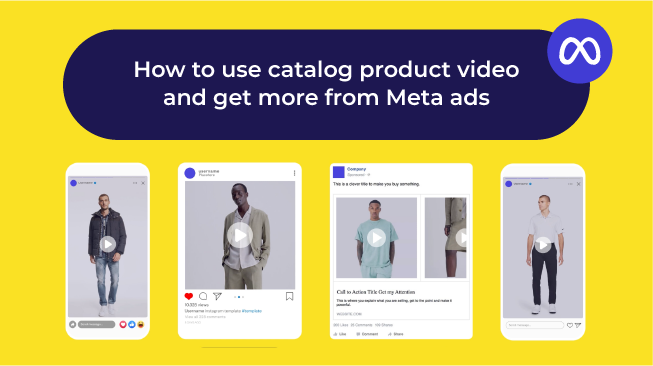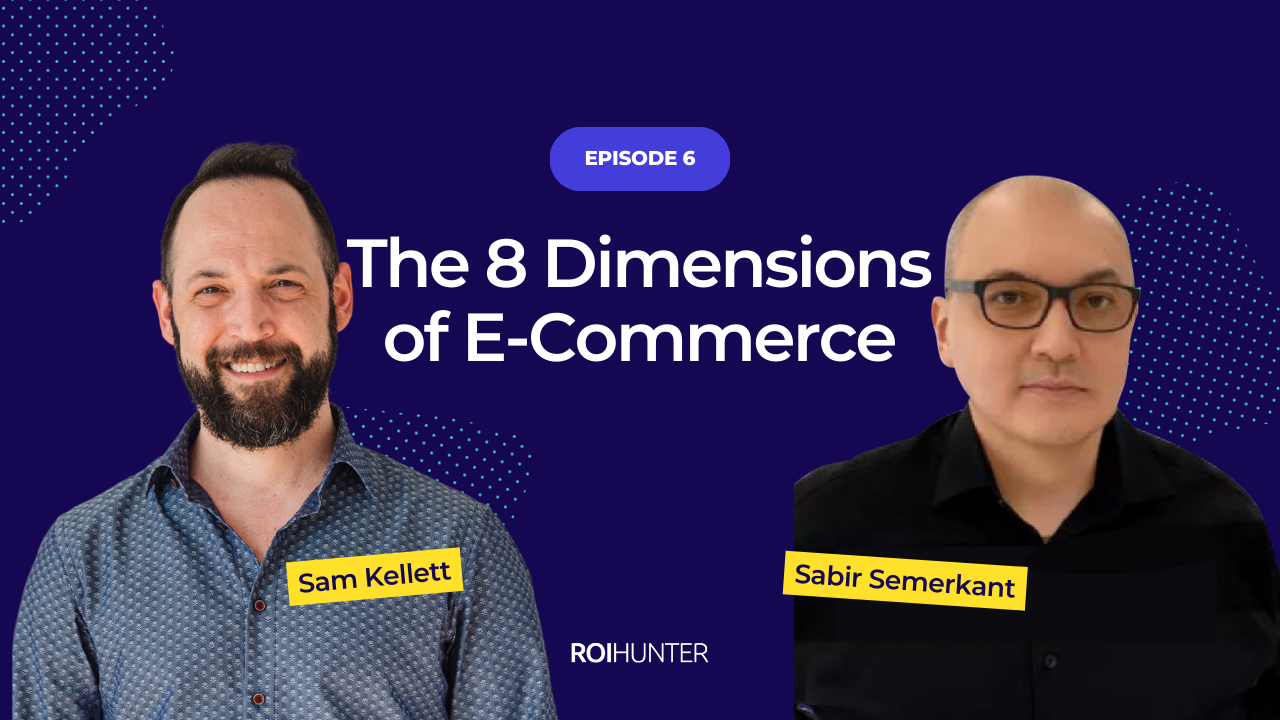The economic slowdown is prevalent, inflation is on the rise, and retailers need to optimise their bottom line to beat the competition. At ROI Hunter, we’ve had the privilege of working with hundreds of top enterprise retailers across all continents, and of influencing 1.55% of global e-commerce revenue.
This gives us a unique insight into new opportunities for improving profitability with the smart usage of product data. Therefore, I’m writing this small series describing our key learnings. I would appreciate any feedback, and am happy to answer any questions. Thank you!
Volume 1: How to reclaim 5-20% of your wasted ad spend
52% of marketers regularly waste budget on digital ads that don’t deliver. Part of this is because they’re targeting the wrong people; the other part is because they’re reaching out with the wrong products.
Marketers usually focus on the first part: targeting the right people. They use smart algorithms from Google, Meta, CRM audiences, etc. This strategy may be effective in some respects, but it’s difficult to dramatically increase your return on ad spend (ROAS) with this alone, because every other retailer is also using smart algorithms and sophisticated tools to segment their customers. So, while effective customer segmentation can help your campaigns, it won’t be your new competitive ace-in-the-hole, and any ROAS increase you find will likely be minor.
The good news is that the second part I mentioned, targeting with the right products, is some low-hanging fruit that’s there for you to pluck; we’ve found that focusing on this can bring an average ROAS increase of 5-20%.
So why is so much money being wasted promoting the wrong products, and how can we fix it? Here are the top three scenarios where this challenge can be turned into an opportunity.
Change the priorities of the algorithms
Algorithms prioritise users over advertisers, which can lead to products with great engagement being promoted, even if their ROI is insufficient for your business.
What’s the fix?
- Discover which of your SKUs Meta and Google's algorithms are promoting in the first place
- Aggregate the ad spend from your dynamic campaigns for every SKU
- Compare the ad spend and sales of each given SKU to calculate product ROI
- Export a list of SKUs with insufficient product ROI
- Aggregate the total ad spend going to those SKUs - this is the money you can save!
- Exclude those SKUs from your dynamic campaigns and save your money
Avoid promoting out-of-stock items, or items with few variants
Once a product becomes popular and algorithms start promoting it, the main sizes/variants get sold out quickly, but it can take weeks for the algorithm to adjust.
This leads to the inefficient promotion of products with only the outlier variants available, wasting your budget and frustrating your customers.
We’ve seen new retailers try to solve this problem by excluding these products from promotion altogether, but we strongly recommend against this.
What’s the fix?
- Keep the product in your feed. Once you drop it from the feed, Meta and Google's algorithms will drop all the information they've learned about the product and its audience (which will be handy to have once you restock the variants)
- Calculate how many variants you have in-stock per product vs their original number of variants
- Filter to find products with less than 30% of their original number of variants
- Exclude these products from your Meta and Google campaigns
- Repeat at least once every two days
Focus the algorithms on profit instead of revenue
The algorithms are designed to bring as many sales as possible. And what’s easier: selling a discounted product, or a full-price one? Unfortunately, while the discounted product is easier to sell, it’s not better for your bottom line. Though profitability may not always be your metric of focus, you can improve the overall business results of your company with this fix.
- Assess the amount of budget you spend on discounted products vs new or full-priced products (aggregate spend per SKU and create a pivot table showing different discount buckets and their aggregate spend levels). In our experience, we’ve found the vast majority of spend is going to discounted products
- Bring this insight to your commercial team. Let’s say your current KPI is ROAS 5, and 80% of your spend goes to products with an average discount of 40%. How much higher would your ROI be if your budget was spent promoting new or non-discounted products instead?
- Filter your products based on their discount level, and create separate campaigns for each with different ROAS goals
Last thoughts
These are the top three scenarios that could be wasting a portion of your spend. In our experience, retailers usually spend 70-80% of their budget on dynamic formats through Meta and Google Shopping. By applying the solutions described here, you can get 5-20% of that budget back.
It’s a lot to consider, but using product data to your advantage is increasingly important in order to stay ahead of the competition. If you need help putting this sort of data together, feel free to contact us. We can help you complete the three analyses described in this article just by connecting your Google Analytics, Meta Ads, and Google Ads accounts. (And we are, of course, happy to sign your NDA).
Good luck, please feel free to comment with any questions, and see you for the next article in my series!


.png)
